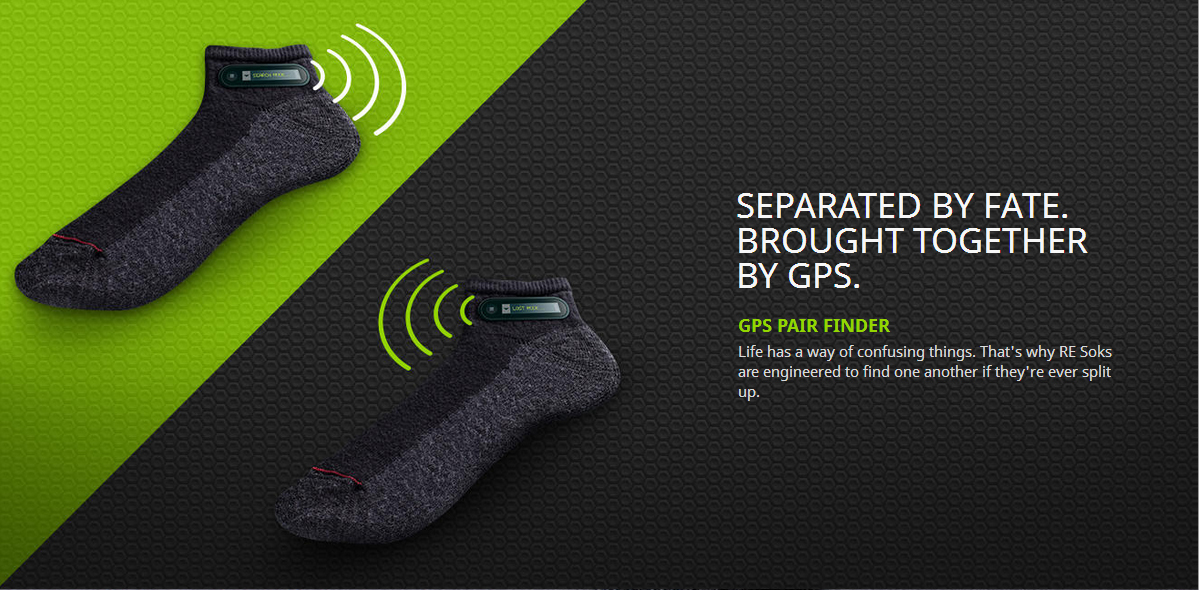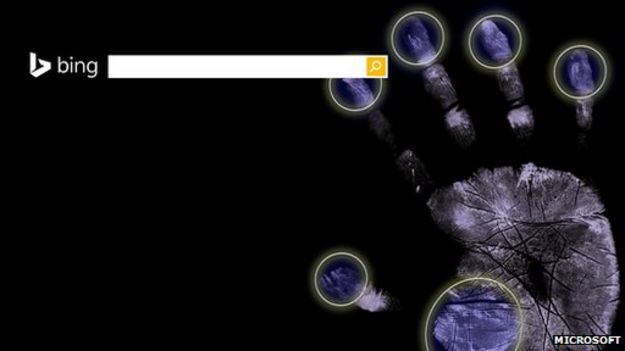A more updated presentation & video on this topic is available on 3G4G '5G Training' page here.
Who thought displaying of network status icon on 5G devices would be so much fun. Typically the network icons are more of:2G - Gsm, G, G+, E
3G - 3G, H, H+
4G - 4G, 4G+
Back in 2017, Samsung devices started displaying 4G+ icon. Samsung told mybroadband:
that by default its devices require a network to support Category 6 LTE, and for the total combined bandwidth to exceed 20MHz, before they will display the “4G+” icon.
Networks in South Africa frequently don’t have over 20MHz of aggregated bandwidth available, though.
As a result, one network asked Samsung to reduce the combined bandwidth requirement for the 4G+ icon to display to 15MHz, which Samsung approved.
“Samsung’s global policy regarding the display of the LTE/LTE-A/4G/4G+ network icon is that the network icon display is operator-configurable upon official request and Samsung approval,” it said.
The reason this is interesting is because LTE is really 3.9G but generally called 4G. LTE-A is supposed to be 4G because in theory it meets IMT-Advanced criteria. Then we have LTE-Advanced Pro, which is known as 4.5G. While in majority of the operators display 4.5G as 4G or 4G+, couple of operators has decided to become a bit innovative.
AT&T started by updating the network icons of some of their devices to 5GE, which is their way of saying 4.5G. E stands for Evolution. Or as some people joked, it stands for economy (or value) version, as opposed to premium version.
Better example would be that of Tesco Beef (I still remember) 🤣 pic.twitter.com/7yHNDpjDYs— Zahid Ghadialy (@zahidtg) February 12, 2019
Brazilian operator Claro, decided to use the 4.5G icon but the 5 is much larger font compared to 4 (see the pic above). Some people call this as dishonest attempt by them.
I see a few people asking how can devices decide if they are on 4G or 4.5G. There is no standard procedure for this and is UE specific. One way is to look at RRC messages. If the system information messages contain optional IE's for 3GPP Release-13, then the network supports LTE-A Pro and if the device supports the features for LTE-A Pro, it can display 4.5G or 5GE, etc. Another approach is the optional IEs present in NAS Attach Accept message. As this comes slightly later in the registration process, the device displays 4G first and once the registration is complete, 4.5G. Note there is no requirement from standards point of view about displaying of the network status indication icon up to 4G/4.5G.
To avoid such confusion in 5G, 3GPP submitted the first Liaison statement S2-175303. In this, 3GPP said:
With this number of System and Radio access options available, one or more new status icons are expected to appear on the User Interface of future (mobile) devices. A user should expect consistency across devices and networks as to what icons actually mean (i.e. what services might be expected when an icon is displayed).
While 3GPP specifications are not expected to define or discuss Service or RAT indicators in the User Interface themselves, 3GPP should provide the necessary tools in EPS and 5GS to enable them. It is therefore necessary to understand the conditions required for displaying these icons and with which granularity so we can identify what information ought to be available in/made available to the device.
SA2 understands that Status Icons related to 5G might be displayed for example on a UE display taking into account all or some combinations of these items (other items may exist):
- Access Restriction Data in subscription (with the potential exception of emergency access);
- UE CN registration (i.e. is UE EPC- and/or 5GC-registered?);
- UE capabilities;
- Network capabilities;
- UE is camping on a cell of NG-RAN supporting NR only, E-UTRA only or, the ability to activate dual connectivity with another RAT (NR or E-UTRA);
- UE is camping on a cell of E-UTRAN (connected to EPC) with the ability to activate dual connectivity with NR as secondary cell;
- UE is in connected mode using NR, E-UTRA (in 5GS) or dual connectivity between E-UTRA and NR.
Given the above, SA2 would like to kindly ask for any feedback from GSMA FNW and NGMN on requirements and granularity for Service indicators and/or RAT indicators related to 5G.
GSMA responded in R2-1713952. 6 cases have been identified (see the first picture on top) :
The configurations consist of the following states and are as described in Table 1:
- EPS NR NSA (EN-DC) capable UE attached to EPC and currently in IDLE state under or in RRC_connected state connected to E-UTRAN cell not supporting LTE-NR dual connectivity
- EPS NR NSA (EN-DC) capable UE attached to EPC and currently in IDLE state under or in RRC_Connected state connected to AND active on LTE for uplink and downlink on only E-UTRAN cell supporting LTE-NR dual connectivity and has not detected NR coverage (i.e. UE is not under NR coverage and/or not configured to make NR measurements)
- EPS NR NSA (EN-DC) capable UE attached to EPC and currently in RRC_Connected state connected to E-UTRAN cell (supporting dual connectivity) and active on LTE for uplink and downlink only and has detected NR coverage (i.e. UE is under NR coverage and has been configured to make NR measurements)
- EPS NR NSA (EN-DC) capable UE attached to EPC and currently in IDLE state under E-UTRAN cell supporting LTE-NR dual connectivity and has detected NR coverage (i.e. UE is under NR coverage and has been configured to make NR measurements)
- EPS NR NSA (EN-DC) capable UE attached to EPC and currently in RRC_Connected state connected to E-UTRAN cell (supporting dual connectivity) and active on LTE and NR for uplink and/or downlink
- 5GS capable UE attached to 5GC and currently in IDLE state under or in RRC_Connected state connected to NG-RAN (eLTE (option 5 or 7) or NR (option 2 or 4) cell)
As there is no consensus on a single preferred configuration, it is desirable to make the display of 5G status icon in the UE configurable such that the display of 5G status icon can be made depending on operator preference.
This proposal by GSMA was noted by 3GPP in R2-1803949.
RAN WG2 would like to inform GSMA and SA2 that, according to GSMA and SA2 recommendations (LSs R2-1713952 and S2-175270, respectively), RAN WG2 introduced 1 bit indication per PLMN called “upperLayerIndication” within LTE SIB 2.
This bit enables the realization of the configurations based on UE states as per recommendation from GSMA (e.g. RRC_IDLE UE as for State 2 in LS R2-1713952 from GSMA)”.
For idle mode UEs this is the only mechanism agreed.
Actions: RAN WG2 would like to ask GSMA and SA2 to take the information above into account.
Hopefully there will be less confusion when 5G is rolled out about the status icons. In the meantime we might see some more 4.5G icon innovations.










































